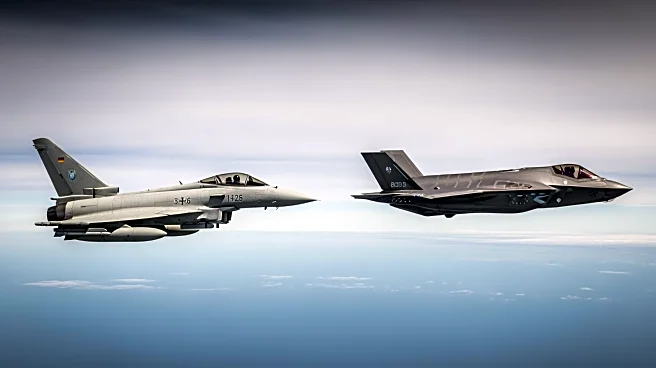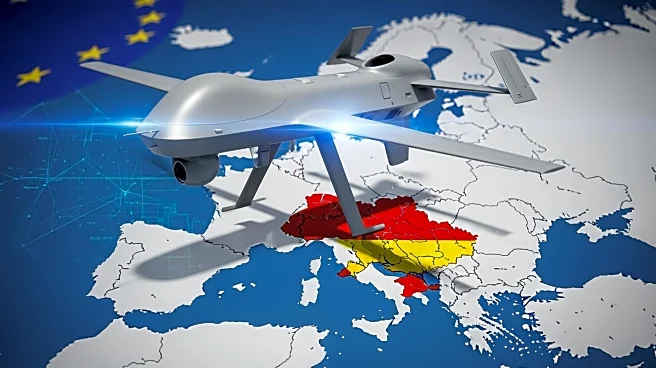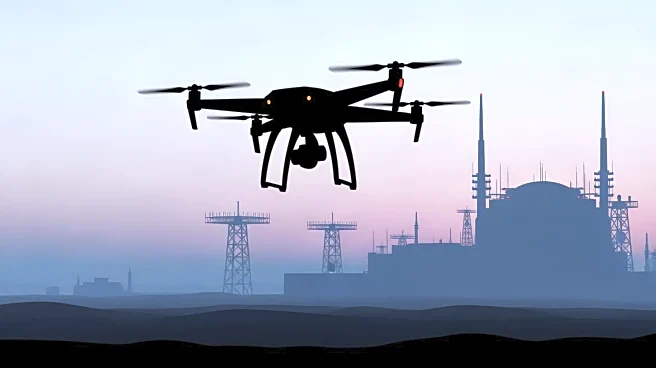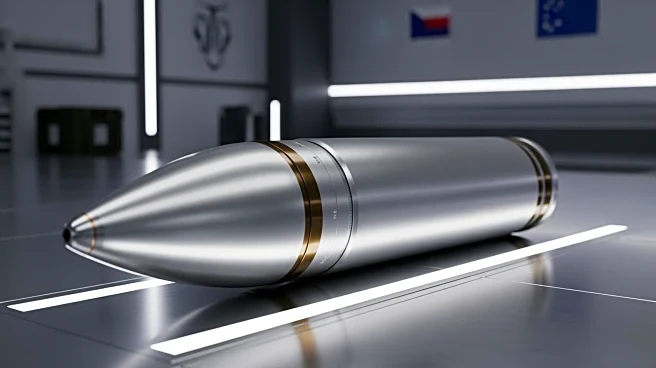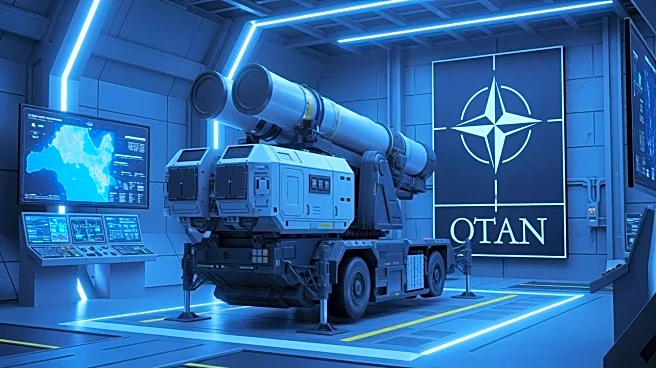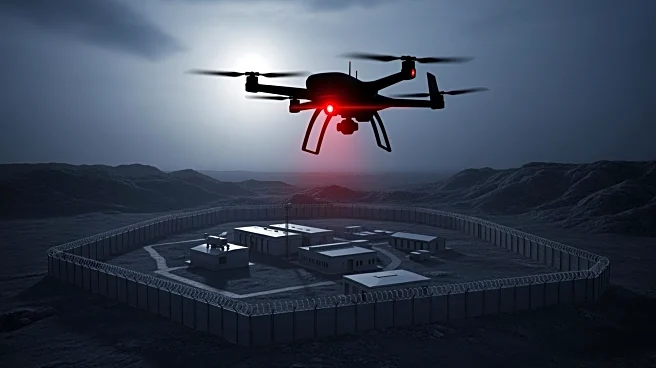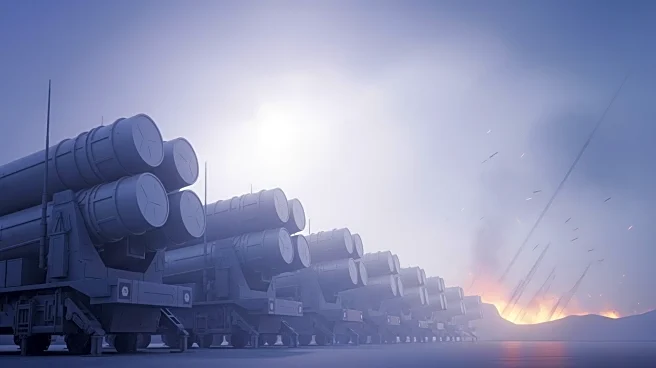What's Happening?
Germany is preparing to retire its Panavia Tornado aircraft by 2030, transitioning its capabilities to the Eurofighter EF-2000 and Lockheed Martin F-35A Lightning II. This move is part of a broader effort
to recapitalize the Luftwaffe's air combat capabilities. The transition will involve transferring missions such as nuclear, electronic warfare, air-to-surface deep strike, and tactical air reconnaissance to the new aircraft. The F-35A will prioritize the nuclear mission, while the Eurofighter will handle air-to-surface and electronic warfare tasks.
Why It's Important?
This transition is significant for Germany's defense strategy, ensuring that its air force remains capable and modernized. By adopting the F-35A, Germany aligns with NATO's shared nuclear mission, enhancing its strategic deterrence capabilities. The Eurofighter's role in electronic warfare and deep strike missions will bolster Germany's ability to respond to threats and maintain air superiority. This shift reflects a broader trend in European defense modernization, as countries seek to upgrade their military assets in response to evolving security challenges.
What's Next?
Germany will continue to integrate the Eurofighter and F-35A into its air force, focusing on training and operational readiness. The transition will require coordination with NATO allies to ensure seamless integration into joint missions. As the Tornado is phased out, Germany will need to address logistical and technical challenges associated with the new aircraft.
Beyond the Headlines
The transition raises questions about the future of European defense collaboration and the role of advanced technology in military strategy. As countries invest in modern aircraft, the balance of power within NATO and the European Union may shift, influencing defense policies and international relations.
